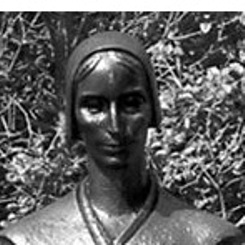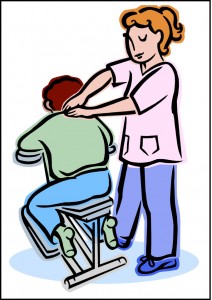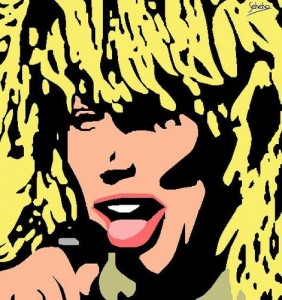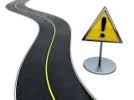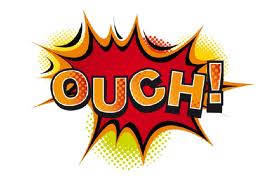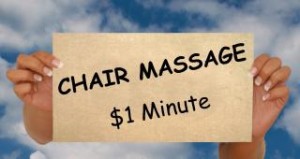The footpath from the subway to my university led up the Boston Commons through the State House and down to the other side of Beacon Hill. I took the path often, going to the right side cut-through of the State House to avoid the somber figure sitting on a stone bench in front of the left wing.
It was just a statue: a pretty woman, dressed plainly, sitting on a bench. Sorrow and determination etched in her face; she leaned forward. The statue’s never-changing sadness gave me the creeps. Besides, when I took the right-wing entrance of the Massachusetts State House, I could grab a bagel before class.
Curiously, I never looked to see who the woman was. I was too busy getting an education and planning my career. For something that should have whetted my curiosity, I had none. It took me away from my goals.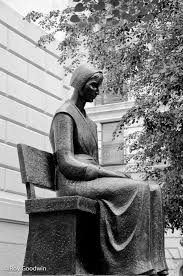
I am a massage therapist now, and have been for almost 20 years. As such, I am a micro-business owner. I have dealt with snickers of people who viewed massage therapists as women offering something else. As my own boss, I am free to work plenty of overtime, nights, weekends, etc., if it takes that to be successful. Massage is largely an occupation of women, and it is one of the few businesses that can be started with little capital and much elbow grease.
Not that I took any of these things for granted, no, but I missed a few pieces of history along the way.
We took a trip to my hometown earlier this year. My spouse grew up in Los Angeles and was fascinated by the history and old buildings. We stayed a few nights in Salem, its damp streets dotted by witches museums and attractions. The lore of witchery in Salem is much more attractive than the reality. The local residents suspected devil’s work in everyday life. In the 1690s courts convicted several women of witchery and hanged them. The evidence? Friends and neighbors who claimed the witches flew through the air and cast spells.
At the home of author Nathaniel Hawthorne, we saw the family tree written on the wall. The Hawthorne’s surname was amended to avoid association with the hanging judge at the witches’ trials. The family was ashamed of that history.
In Boston, we took the open-air tourist trolley to avoid the stress of driving and parking. It stopped at the State House steps. Right in front of that darned statue.
Our tour guide/bus driver gave us the spiel: “That’s Mary Dyer, the Quaker hung from a tree near Boston Common for her heretical beliefs. The Pilgrims came here for religious freedom, but just for their own religious freedom. No one else was welcome. They wanted to make a Pilgrim Utopia so in 1660 they hung an innocent woman for being a Quaker.”
The state court had the statue erected in 1959 to remind lawmakers and judges of the folly of requiring every citizen to have the same beliefs. The early state of Massachusetts was a tyrannical state: Everyone had to support the ministers’ teachings or face court penalties. They were locked into stocks, whipped, had ears cut off, and banished. If they did not publicly repent, the government, one and the same as the church, took away rights to vote, own land, own businesses, and confiscated their weapons.
Mary Dyer had been sentenced to death a year before her hanging, and was saved from the gallows by her husband. He was still a Pilgrim, and though the family had moved to Rhode Island to get away from persecution he still had some influence with the court judge. He promised that she would stay away from Pilgrim settlements and took her home.
A year later Dyer returned and asked that the authorities reverse their unjust laws. Instead, they decided to enforce the sentence of death. She and two other Quakers who refused to be compliant with Pilgrim law were hanged on the same day. She held hands with the men as she walked to the hanging tree, and people in the crowd criticized her for touching unrelated men. Neither men nor women were free in the Utopian state of the New World.
Well, my education continues. I now see why Mary Dyer sits so sadly, and why so many of the Pilgrims descendants who crafted our Constitution vowed to separate church beliefs from state laws. I think those formative steps taken so many years ago have led to our freedoms today. To be free to touch others and to massage, to live, to educate our children and ourselves. Mary Dyer was a very brave woman, in deed.
(For more information about Mary Dyer’s life and death, and her influence in history, let me recommend Wikipedia’s listing. Also, “Mary Dyer: Biography of a Rebel Quaker” by Plimpton, Ruth, 1994.)